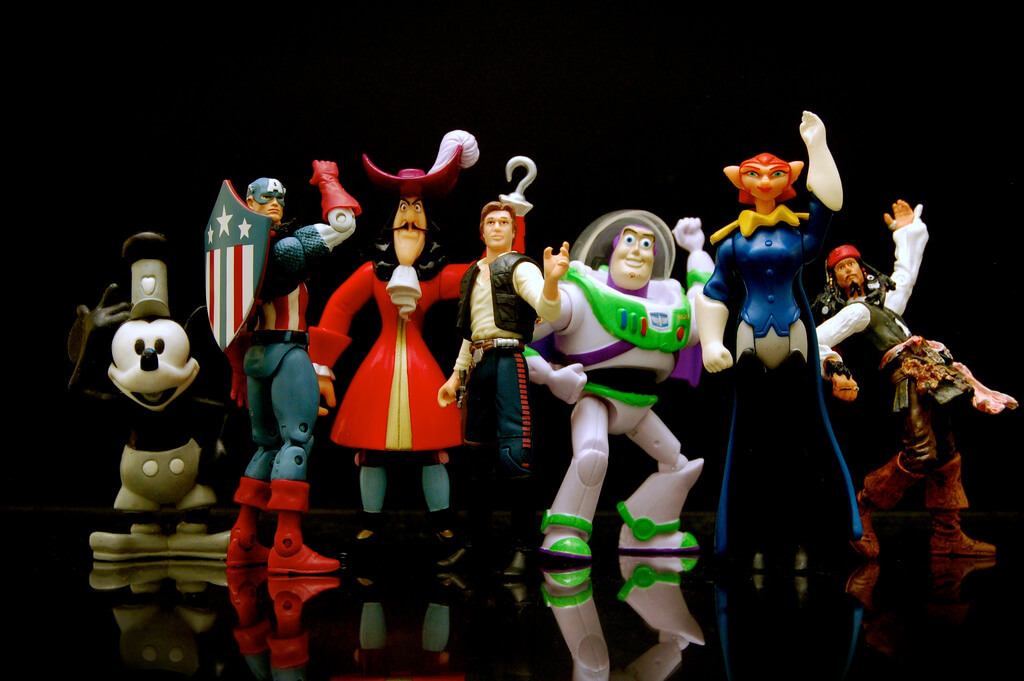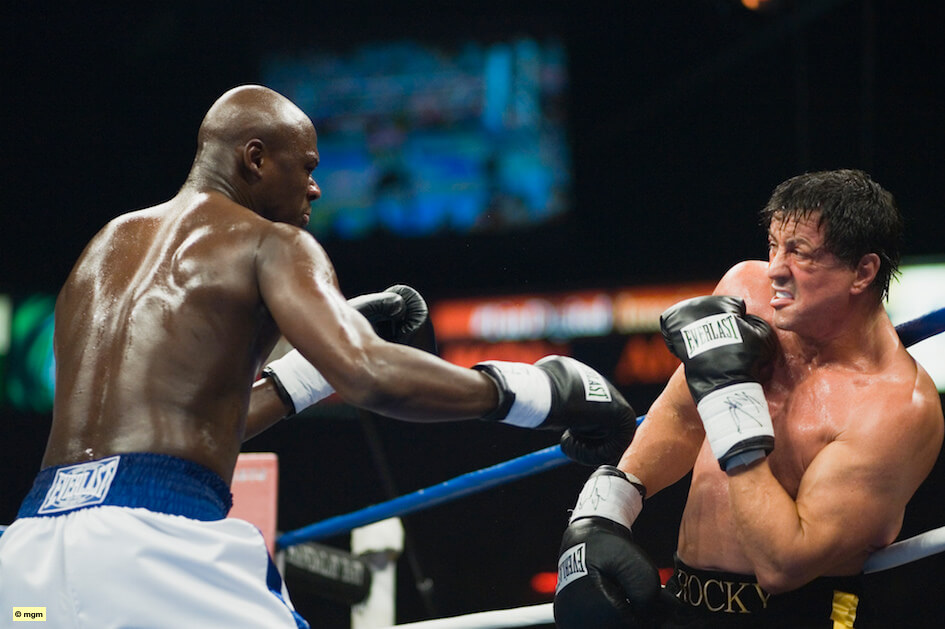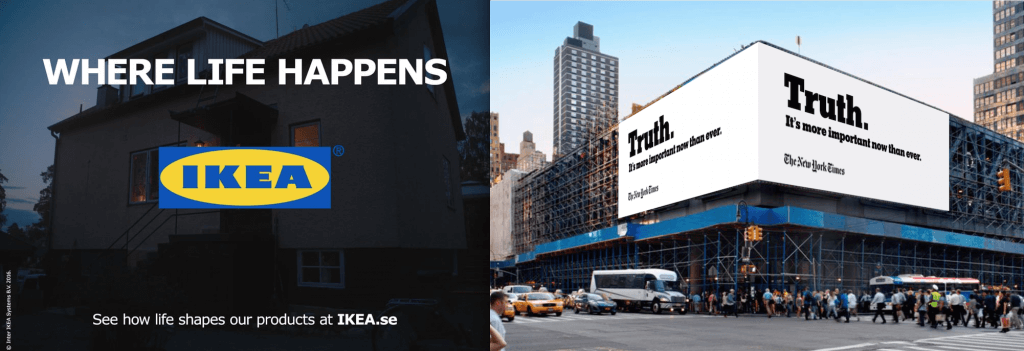Every one of us has a list of films that we absolutely want to see in the cinema, we get so excited when we see the trailer, we look forward to the cinema release, but then we don't have the time and it's time for the next film, but unfortunately again... My must-see list is now a little longer than the Amazon. Yesterday, while zapping through the night, I happened to come across a film that I missed in 2015: "The Secret Life of Pet's" from Illumination Entertainment, one of those companies that, like Pixar, create worldwide blockbusters with their ravishing animated films. Worldwide blockbusters? Aren't these films only for children (and me) and their parents who have to go to the cinema? Definitely not!
What makes these films so successful, apart from the great art in dramaturgy, dialogue and animation, the wit, the attention to detail in the realisation and everything that the rightly demanding audience demands at this high level? It is exactly what makes brands successful: the power of a universal story.
Hollywood is hungry for so-called four quadrant movie concepts. These are films that appeal to both female and male viewers, both under and over 25 years of age, because this broad audience brings in the massive numbers of visitors, DVD sales and streams. And that's what ultimately counts in Hollywood, because it's called show business. Every calibrated marketing professional would react with gasps in the face of this four-quadrant target group, because the target group All doesn't exist at all. But there is, as you can see. And brands, too, could have a much broader audience than one suspects if they learn from Pet's, Toy Story & Co. and thus understand how to find, develop and share their universal brand story. The much-lamented fragmented media world even plays into their hands in this respect.

Characters who are like us. They don't necessarily have to be likeable for us to recognise ourselves in them, but their fate must be similar to ours.
I absolutely shy away from the term target groups anyway, because the attempt to describe people by means of socio-demographic figures and to gain certainty through data serves as a crutch at best. At best. Thinking about milieus is more helpful, but in fact it's about meaning and relationships, values and, all in all, universal longings that lie dormant in us humans. Very often, however, they blaze, albeit in secret. It is about friendship, community, home. The focus is usually on a smart, talented character who is lonely for some reason. He doesn't want help with his problems, but in the course of the story he understands that help is not only needed, but that the company of others is even fun and something he has been missing. This realisation, the leap over one's own shadow, is the main character's real heroic deed, even if at the same time there are incredible adventures to be had.
Being loved and recognised, friendship, community, security, belonging - these are archaic primal longings and primal forces in human nature that are understood in every culture, at every age. Randy Newman's title song from Toy Story describes this perfectly: "You've got a friend in me".
There aren't very many, but there are quite a few of these primal longings and a huge variety of ways you can build stories around them. If you look closely, you can see that "Cinderella" and "Rocky" are basically the same story, right? And so are "King Arthur" and "Star Wars". If you look at the currently celebrated series, you will see close parallels to Shakespeare's dramas in "The Sopranos" or "Sons of Anarchy", for example. And in "The Godfather" anyway.

Cinderella, pictured right.
It is no more about princesses, mafia, boxes or kings than Ikea is about furniture or the New York Times is about news or a newspaper. Products are interchangeable, the story creates the meaning, builds the relationship, activates the magnetism and generates the added value that is actually reflected in the price of a product and in its sustainable success. Preferably in both.

It's not about furniture or newspapers.
Harness the power of archaic stories for your brand: find the meaning, the relationship, the values and thus the universal desires that you can share with your audience. This is "The secret Life of Pets" and "The secret Life of Brands" in equal measure. And both are richly rewarded by the audience - with the most precious thing they have to give: Time.
Picture credits:
Pet'sPicture: flickr.com - The Secret Life of Pets by BagoGames
Pixar Characters: flickr.com - The Court of Disney Captains by JD Hancock
Rocky: flickr.com - Rocky Balboa by Alatele fr
